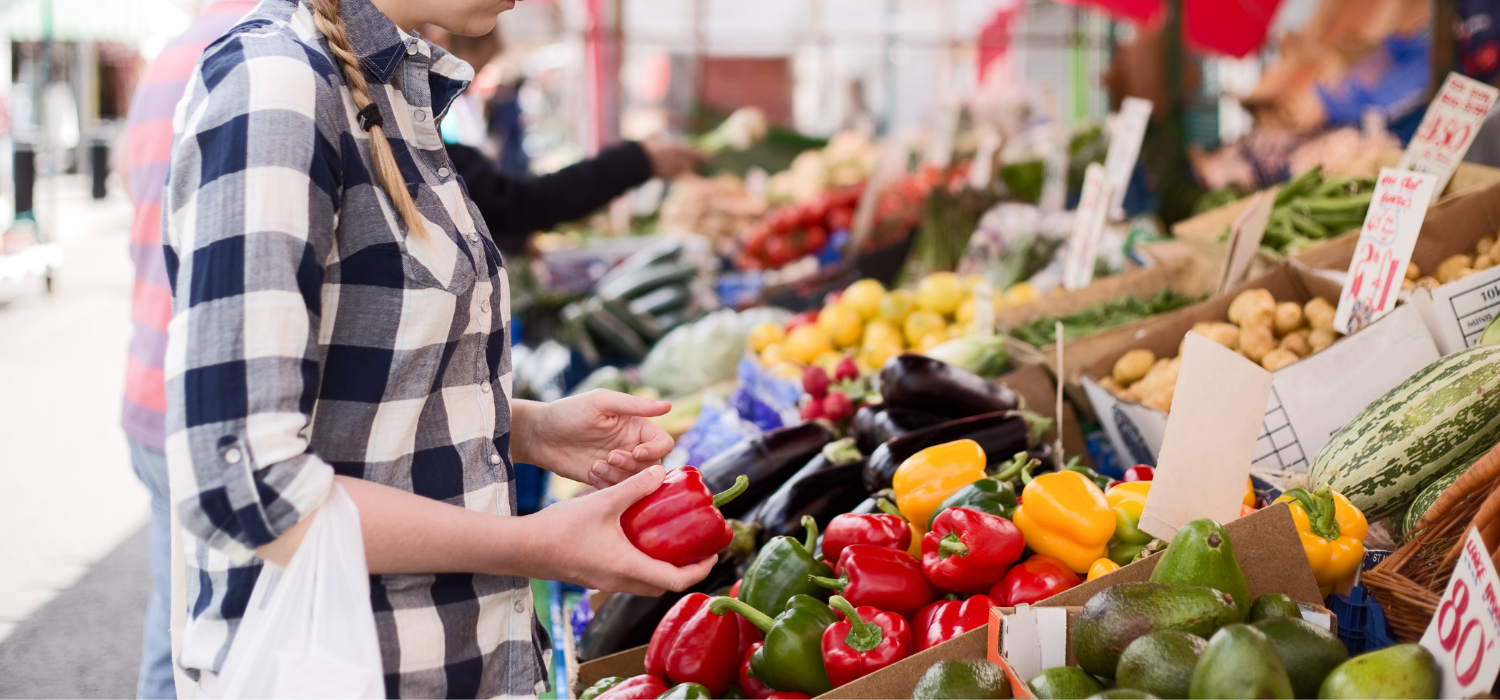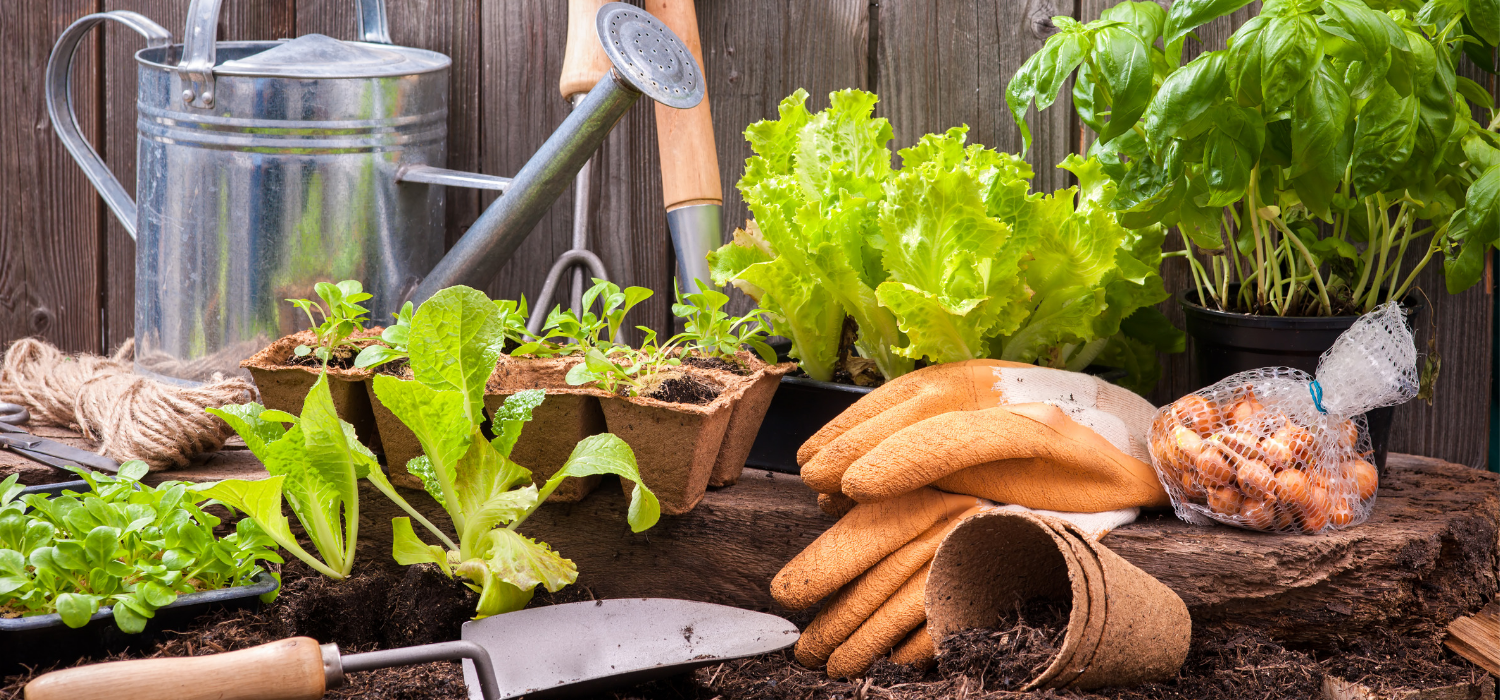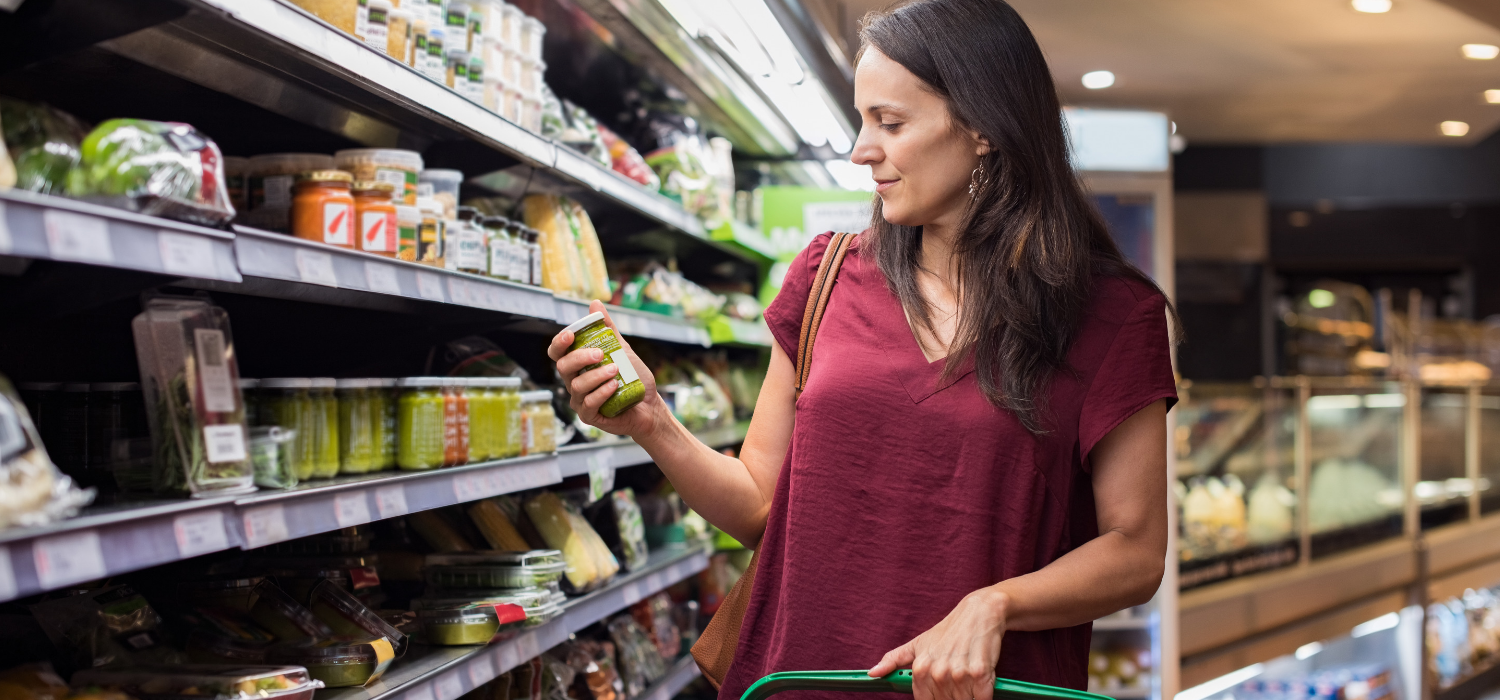What does it mean to Eat Green?
Green eating is yet another lifestyle change you can make to better the environment. “Eating green” goes beyond just adding green foods such as beans and spinach into your diet. On a broader level, eating green means consuming foods that are healthier for you and less harmful to the planet to grow and produce.
What Are Sustainable Foods?
The United States Department of Agriculture defines sustainable agriculture as using practices that are intended to protect the environment, expand Earth’s natural resources, and maintain or even improve soil fertility. Part of eating green is consuming foods that are sustainably produced. Our goal is to provide you with information and resources to help you make the jump to practice sustainable eating in your household.
5 Ways You Can Start “Eating-Green”
The options below are in no particular order and we understand that you may not have some of these opportunities in your area. However, they are all options to consider to contribute to a healthier planet the next time you go shopping.
1. Visit Your Local Farmers Market For Organic Foods

When you choose to purchase organic foods from local farmers you are supporting your community and the farms that practice sustainability. Not only will your food taste fresher but you will have peace of mind knowing where your food comes from and how it was produced. Supporting sustainable agriculture means supporting a greener, healthier planet. Taste the Local Difference is a great resource for finding farmers markets and local food producers in Michigan.
2. Start a Garden

Besides having the satisfaction of growing your own food, gardening can help you live a more sustainable life. Consider your favorite vegetables and fruits and do some research on the best growing practices for them. If you think you can provide what these plants need to flourish, then gardening may just become your new hobby. A good source of nutrients for plants can come from compost. Composting will help you limit food-waste in the kitchen and provide an excellent source of fuel for your home-garden.
3. Eat Less Meat

You don’t have to cut meat out of your diet entirely, but reducing your meat intake does have an impact on the environment. Consider eating less meat overall. When you do purchase animal products, buy them from ethically raised sources. Research shows that livestock production specifically generates nearly a fifth of the world’s greenhouse gases. Next time you go shopping and are in the meat section, check for labels and certifications such as “grass fed” and “organic” for a more ethical and sustainable choice. When possible, purchase meat from a local farmer.
4. Check for Sustainable Labels

Before just throwing items into your cart the next time you’re at the grocery store consider checking how your food was produced and where it came from. This will not only help you have a better idea of what you are putting into your body but will also determine if you’re supporting a sustainable practice. Although it may take a little more time at the store you are giving effort to help out the planet by choosing to eat-green. Check out this food label guide and this natural ingredients blog for tips on what to look for on labels.
5. Reduce Food Waste

Being more mindful about the foods you choose to consume can also help with the food waste problem America has. According to the USDA, an estimated 30-40 percent of the food supply is wasted. You heard that right, 30 to 40 percent. Food-waste is the single largest component going into landfills which quickly generates methane. Methane is a greenhouse gas that has heat-trapping effects stronger than C02. The result of food waste contributes to making landfills the third largest source of methane in the United States. Check out this article for easy ways to cut down on food waste— from smarter shopping lists to a cleaner fridge, there are many ways you can cut down on the food you throw out.
